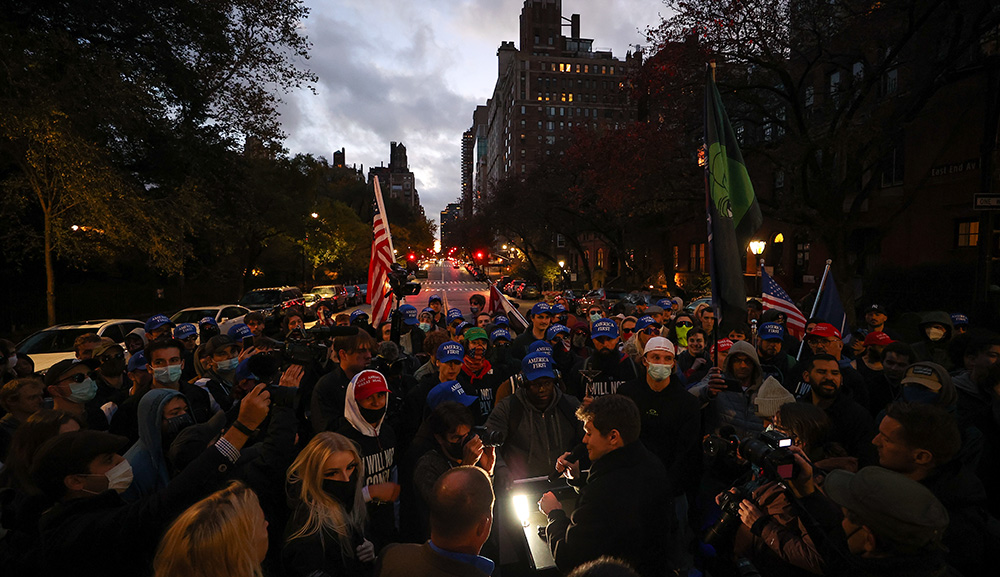The city of Shanghai recently applied to have its former Jewish quarter added to the UNESCO Memory of the World Register. During World War II, the city, by then under Japanese occupation, became home to some 20,000 European Jewish refugees. In 1943, Japan succumbed to German pressure and forced the Jews into a ghetto. Although they suffered from disease, poor sanitary conditions, and lack of food, Shanghai’s Jews were far better off than their brethren in European ghettos. Gabe Friedman and Julie Wiener revisit their history:
[T]he first German Jewish refugees, many of them doctors and dentists, arrived soon after Hitler’s rise to power. The local community was apparently so grateful for the professional skills these refugees brought that the Jewish Telegraphic Agency headlined a 1934 article “German Jewish doctors cause China to be grateful to the Nazis.” . . . [A]n American journalist working in China said approximately 100 Jewish doctors had set up practices in Shanghai. . . .
In 1937, Japan’s occupation of China brought both good and bad news for Jews there. On the bad side, the conquest of Shanghai was preceded by months of fighting, and during that period . . . Shanghai rabbis reported the situation of the Jews was “desperate.” . . . On the plus side, under Japanese occupation, Shanghai became an “open city,” providing a haven for thousands of Jews with nowhere else to go.
Read more at Jewish Telegraphic Agency
More about: China, History & Ideas, Holocaust, Japan, Shanghai Ghetto, World War II


